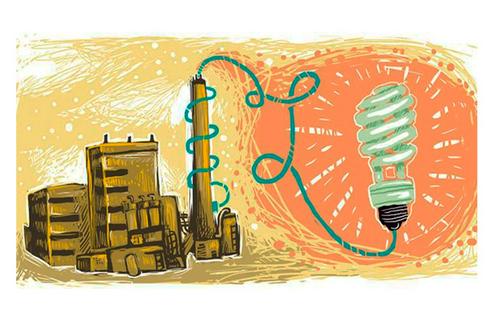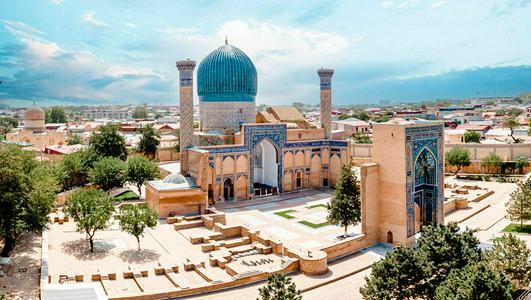Uzbekistan will build seven waste-to-energy plants as part of three presidential decrees issued by President Shavkat Mirziyoyev on March 24, the Ministry of Justice announced.
The plants, designated as “investment projects for electricity generation through the incineration of municipal solid waste,” will be constructed in Tashkent, Andijan, Namangan, Fergana, Tashkent, Kashkadarya, and Samarkand regions.
Project companies will sell the electricity generated by these waste-to-energy plants to the state-owned enterprise Uzenergosotish under a guaranteed purchase agreement for 30 years.
By 2028, investors and project companies must ensure the commissioning of equipment with the following production capacities:
👉 390 million kWh of electricity through the thermal processing of 2,500 metric tons of waste per day in the Tashkent region.
👉 240 million kWh at plants in the Andijan, Kashkadarya, and Samarkand regions, each processing 1,500 metric tons of waste per day.
👉 227.5 million kWh at plants in the Namangan and Fergana regions, each incinerating 1,500 metric tons of waste per day.
These projects were first presented to Mirziyoyev in October 2024. Plans were announced to build eight waste-to-energy plants in Uzbekistan, along with the development of landfill gas generation at the Akhangaran landfill. Total investments in these projects were estimated at approximately $1.3 billion. Investors include Chinese companies CAMC Engineering and Shanghai SUS Environment, South Korea’s Sejin, and the UAE’s Tadweer Group.
At the time, it was reported that Uzbekistan generates 14 million metric tons of waste annually, but only 4 to 5 percent is processed. Meanwhile, over 7 million metric tons of greenhouse gases and 43,000 metric tons of toxic leachates from landfills are released into the air and soil.
Once the investment projects are completed, more than 4.7 million metric tons of waste are expected to be incinerated annually, generating 2.1 billion kWh of electricity worth $97 million. The initiative will help save 152 million cubic meters of natural gas and reduce greenhouse gas emissions by 2.4 million metric tons. Additionally, 1,200 new jobs will be created at the new facilities.










